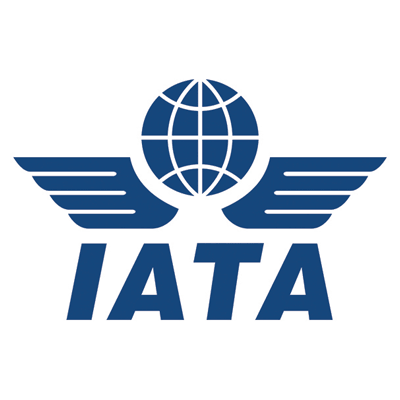IATA applauds ICAO-CAEP agreement on a more stringent noise standard for aircraft and progress on aircraft CO2 standard
- Like
- Digg
- Del
- Tumblr
- VKontakte
- Buffer
- Love This
- Odnoklassniki
- Meneame
- Blogger
- Amazon
- Yahoo Mail
- Gmail
- AOL
- Newsvine
- HackerNews
- Evernote
- MySpace
- Mail.ru
- Viadeo
- Line
- Comments
- Yummly
- SMS
- Viber
- Telegram
- Subscribe
- Skype
- Facebook Messenger
- Kakao
- LiveJournal
- Yammer
- Edgar
- Fintel
- Mix
- Instapaper
- Copy Link
Posted: 14 February 2013 | IATA | No comments yet
“Air transport is already 75% quieter…”


The International Air Transport Association (IATA) welcomes the agreement on a new noise standard with more stringent requirements for future aircraft achieved by the International Civil Aviation Organization (ICAO).
The ICAO Committee on Aviation Environmental Protection (CAEP) comprising ICAO member states, industry, and environmental non-governmental organizations, reviewed technological feasibility, environmental benefits and economic factors and reached a consensus to move forward on a new standard that will result in a reduction of 7 Effective Perceived Noise Decibels (EPNdB) compared to the current Chapter 4 Standard.
“Air transport is already 75% quieter than it was four decades ago and the industry will continuously pursue cost-effective noise management options to reduce the number of people subject to aircraft noise, in line with our broader global commitments on sustainability and environmental performance,” said Tony Tyler IATA’s Director General and CEO.
The new standard will be applicable to new aircraft types for which a request for certification is submitted after 31 December 2017 and for lower-weight new aircraft as of 2020. The current Chapter 4 Standard came into effect in 2006.
“This is another good example of ICAO successfully tackling a difficult environmental issue. This collaborative work ensures that the development and implementation of global standards reflect the specific needs of society at large and capabilities of states while bringing certainty to long-term airline fleet investment,” said Tyler.
Another illustration of ICAO’s ability to lead global progress on managing aviation’s environmental impact is the agreement for certification procedures for the new aircraft CO2 standard. Coupled with the common metric system adopted last year, this paves the way for CAEP to assess stringency levels, the last component of the future CO2 standard.
The recommendations agreed to by CAEP will be reported to the ICAO Council later in 2013 for further actions.
Related organisations
International Air Transport Association (IATA), International Civil Aviation Organization (ICAO)













